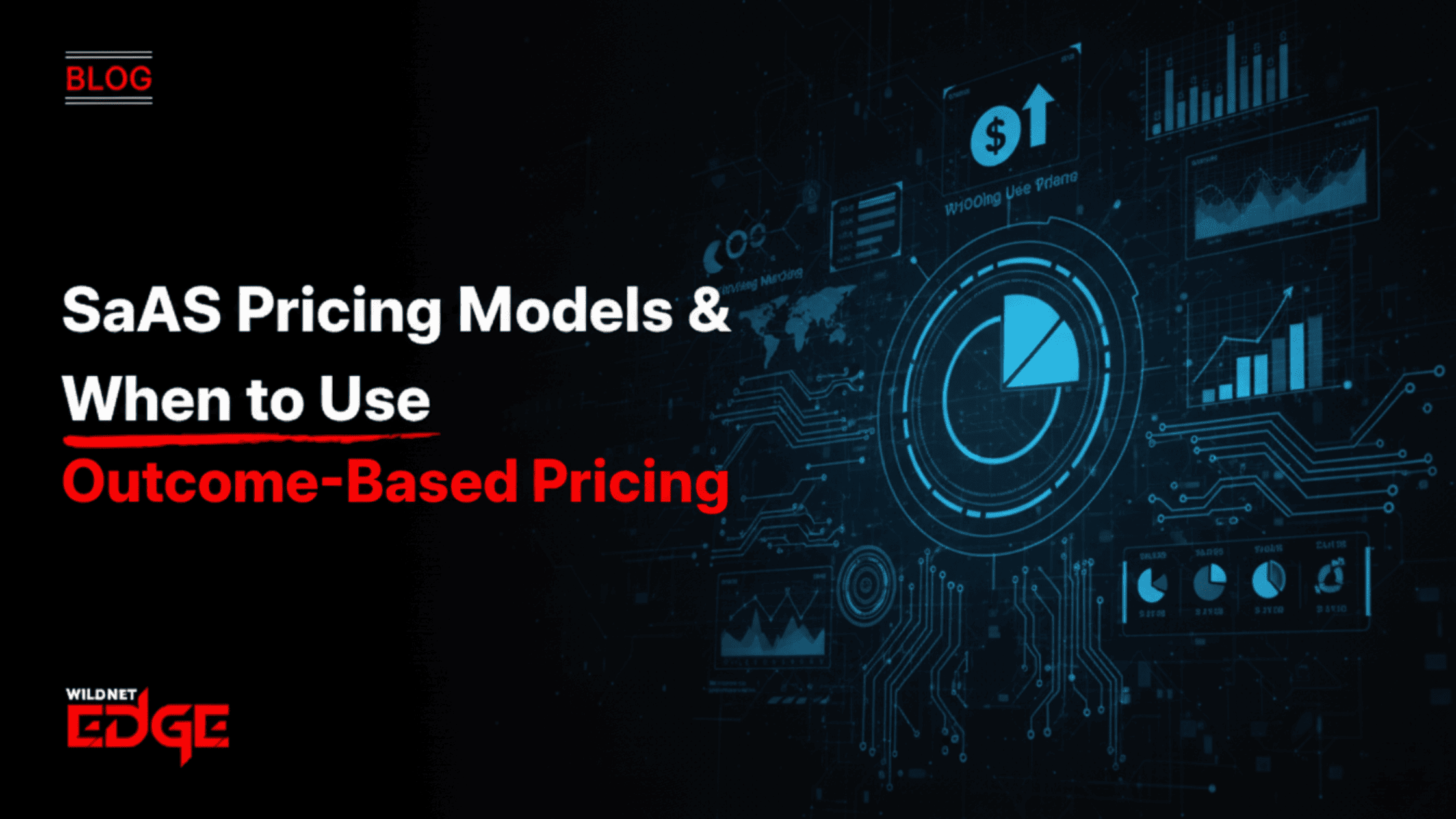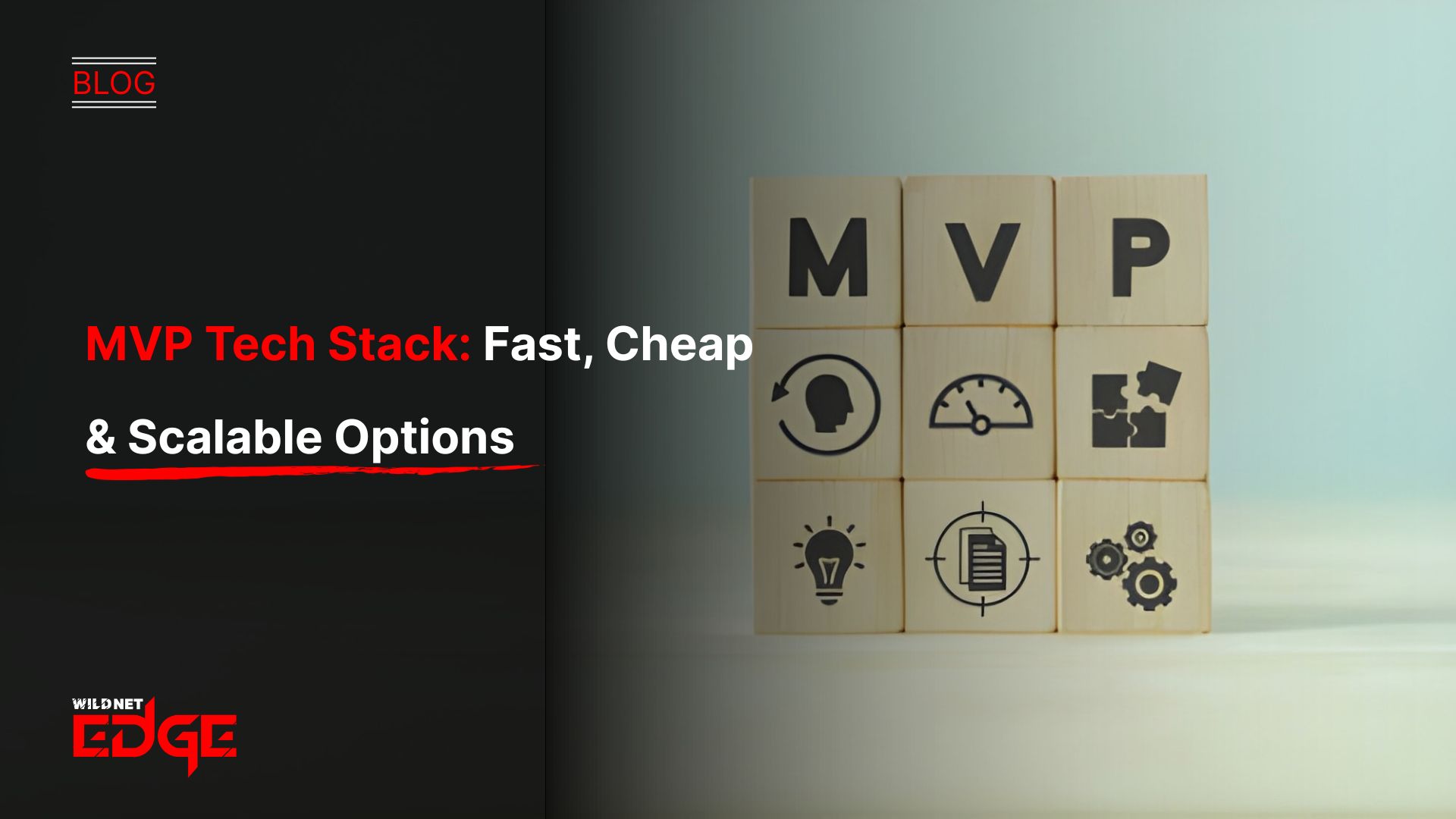TL;DR
This article provides a strategic analysis of various SaaS pricing models, guiding businesses toward effective SaaS monetization strategies. It details common approaches like tiered, per-user, and usage-based pricing, outlining their respective pros and cons. The piece then focuses on outcome-based pricing, explaining how it aligns cost directly with the measurable results achieved by the customer, fostering strong partnerships, especially in the enterprise sector. While acknowledging the complexity of tracking outcomes, the guide presents this model as a powerful differentiator for B2B SaaS subscription design when value can be clearly quantified, ultimately driving higher customer lifetime value.
SaaS pricing models are how subscription-based businesses grow and stay profitable. Choosing the right one isn’t just about setting a number; it’s about understanding your customers, their value perception, and how your product fits into their daily workflow. Whether tiered pricing, usage-based plans, or a freemium model, the right strategy can fuel adoption, reduce churn, and maximize lifetime value. In today’s competitive SaaS landscape, your pricing model is more than a billing method; it’s a growth engine.
Understanding SaaS Pricing Models: The Core Options
Choosing the proper structure requires understanding the fundamental approaches to SaaS monetization strategies.
1. Tiered Pricing
- Concept: Offering several packages (e.g., Basic, Pro, Enterprise) with increasing levels of features, usage limits (e.g., storage, number of projects), or support.
- Pros: Easy for customers to understand, allows for upselling, caters to different market segments.
- Cons: Can be difficult to define tiers perfectly, users may feel limited by arbitrary restrictions.
2. Per-User Pricing (Per Seat)
- Concept: Charging a flat rate for each individual user accessing the software. Often combined with tiered feature sets.
- Pros: Simple to calculate, predictable revenue, scales directly with customer team size.
- Cons: Can become a barrier to adoption within larger teams (discourages adding users), doesn’t always align with the value received (one power user vs. many light users).
3. Usage-Based Pricing (Pay-As-You-Go)
- Concept: Charging based on consumption of a specific metric (e.g., API calls made, gigabytes stored, emails sent, transactions processed).
- Pros: Aligns cost directly with usage (value for many), highly scalable, low barrier to entry for small users.
- Cons: Revenue can be less predictable, can be complex for customers to forecast costs, requires robust metering infrastructure. Usage-based pricing enterprise models need careful design.
The Rise of Outcome-Based (Value-Based) Pricing
While the above models focus on features or usage, outcome-based pricing takes a different approach.
- Concept: Price is based directly on the measurable business outcome or value the customer achieves using the software. Examples: charging a percentage of revenue generated, cost savings realized, or leads converted using the platform.
- Pros:
- Perfect Value Alignment: Customers only pay more if they achieve more value, creating a strong partnership.
- Powerful Differentiator: Signals strong confidence in your product’s ability to deliver results.
- Potential for Higher Revenue: Captures a share of the significant value created for high-performing customers.
- Cons:
- Complexity: Requires a clear, mutually agreed-upon way to measure the outcome accurately and reliably.
- Risk Sharing: Your revenue is tied to your customer’s success, which external factors can influence.
- Difficult Sales Cycle: A more consultative sales process is required to establish the value metric and tracking.
Outcome-based pricing is challenging but potentially transformative, especially for B2B SaaS subscription design targeting enterprises where value can be clearly quantified. Implementing such models often requires sophisticated CRM subscription platform design.
Choosing the Right Model: Key Considerations
There’s no single “best” model. The optimal choice depends on:
- Your Product: How is value delivered? Is it feature-based, usage-based, or outcome-based?
- Your Target Market: Are you selling to SMBs (often prefer simplicity) or enterprises (may value flexibility or outcome alignment)?
- Your Value Metric: Can you easily and reliably measure the core value your product provides?
- Your Competitors: How are similar products priced in the market?
Often, a hybrid approach works best, combining elements of different models (e.g., tiered plans with usage-based overages). A strategic process of go-to-market product planning includes rigorous pricing analysis.
Pricing Strategy in Action: Case Studies
Case Study 1: A Marketing Automation Platform (Tiered + Usage)
- The Challenge: A marketing automation startup needed a model that catered to both small businesses with basic needs and larger teams sending millions of emails.
- Our Solution: We helped them design a hybrid model. They offered three core tiers based on feature access (e.g., basic automation vs. advanced AI features). Within each tier, there was a usage-based component based on the number of contacts in their database and emails sent per month.
- The Result: This model provided a low barrier to entry for small businesses while allowing the platform to scale revenue effectively as clients grew their lists and usage, proving a successful SaaS monetization strategy.
Case Study 2: An eCommerce Optimization Tool (Outcome-Based)
- The Challenge: A company developed an AI tool that significantly increased conversion rates for online stores but struggled to convince clients of its value with a traditional subscription fee.
- Our Solution: They pivoted to an outcome-based model, charging clients a small percentage of the additional revenue generated through the conversion lift attributed to their tool. This required building robust tracking and reporting into their platform, often involving complex development similar to building eCommerce SaaS billing systems.
- The Result: The risk-free proposition was highly attractive to clients. The company’s revenue became directly tied to the value they delivered, leading to strong client relationships and rapid growth driven by demonstrable results.
Our Technology Stack for SaaS Billing & Metering
Implementing flexible pricing requires a robust backend.
- Billing Platforms: Stripe Billing, Chargebee, Zuora, Recurly
- Usage Metering: Custom logging, potentially using time-series databases (InfluxDB) or streaming platforms (Kafka)
- Backend: Node.js, Python, Go, .NET
- Cloud: AWS, Azure, GCP (for scalable infrastructure)
- Analytics: Tableau, Power BI (for analyzing pricing effectiveness)
Conclusion
Selecting and refining your SaaS pricing models is an ongoing strategic process, not a one-time decision. From tiered and per-user options to sophisticated usage-based pricing enterprise plans and value-driven outcome models, the right structure aligns your revenue with the value you deliver. Continuously analyzing data, gathering customer feedback, and being willing to experiment are key to optimizing your SaaS monetization strategies for long-term success.
Ready to design a pricing strategy that accelerates your growth? At Wildnet Edge, our AI-first approach enhances our SaaS monetization consulting services. We build intelligent platforms with flexible billing and metering capabilities, helping you capture the true value you create for your customers.
FAQs
You should review your pricing strategy at least annually, or whenever you make significant changes to your product, target market, or competitive landscape. Pricing is not static; it should evolve with your business.
The most common mistake is underpricing. Many founders lack confidence in their value and set prices too low, which can signal low quality, attract the wrong type of customers, and make it difficult to build a sustainable business.
The main difficulty lies in accurately and reliably measuring the specific outcome attributable to your software. This requires robust tracking, clear definitions, and mutual trust and agreement with the client on the measurement methodology.
Free plans can be powerful acquisition tools but need a clear strategy for conversion to paid tiers. Ensure the free plan provides enough value to hook users but has clear limitations that encourage upgrades. A poorly designed free plan can cannibalize paid sign-ups.
Competitor pricing provides important context, but it shouldn’t dictate your strategy. Focus on the unique value you provide. If your product delivers significantly more value, you can justify a higher price point. Don’t simply copy competitors; understand your differentiation.
Extremely important. Price increases, even if justified, must be communicated transparently, well in advance, and with a clear explanation of the increased value or changing market conditions. Poorly handled price changes can lead to significant churn.
Yes, this is very common and often recommended. B2B SaaS subscription design for enterprises might involve custom contracts, volume discounts, or value-based elements, while SMB plans might use simpler tiered or per-user models. Tailoring the model to the segment is key.

Nitin Agarwal is a veteran in custom software development. He is fascinated by how software can turn ideas into real-world solutions. With extensive experience designing scalable and efficient systems, he focuses on creating software that delivers tangible results. Nitin enjoys exploring emerging technologies, taking on challenging projects, and mentoring teams to bring ideas to life. He believes that good software is not just about code; it’s about understanding problems and creating value for users. For him, great software combines thoughtful design, clever engineering, and a clear understanding of the problems it’s meant to solve.
 sales@wildnetedge.com
sales@wildnetedge.com +1 (212) 901 8616
+1 (212) 901 8616 +1 (437) 225-7733
+1 (437) 225-7733































